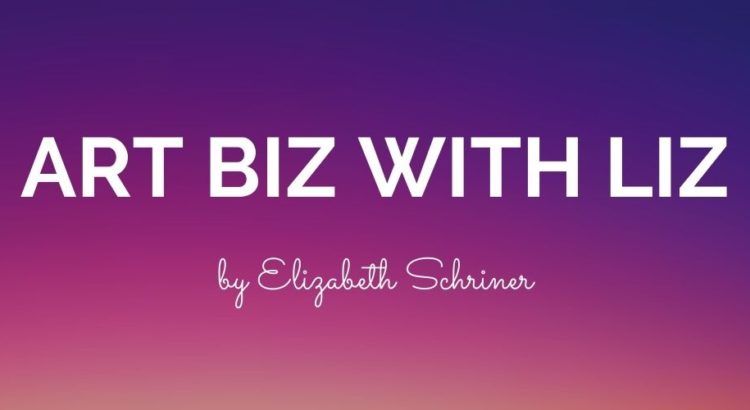On Wednesday morning, I woke to news of a hate crime that left 8 murdered in Georgia. As an Asian American, there are plenty of thoughts swirling in my head surrounding the event. In a time when crime targeting Asian Americans has risen given a perceived association with the coronavirus, it’s interesting to tackle what my Asian identity means to me.
The same Wednesday, I also received my weekly email from the University of Michigan Museum of Art (UMMA). UMMA brings art straight to my inbox, something that’s been convenient given the pandemic. The subject line #StopAAPIhate caught my attention, and in addition to art, the email contained information about an event and podcast focused on recent anti-Asian and anti-Asian American violence. The art of this week? Dinh Q. Lê’s mixed media piece Interconfined.

The artist, Dinh Q. Lê (Vietnamese name: Lê Quang Đỉnh), was born in 1968. He is most known for his photography and photo-weaving techniques. According to the UMMA website, many of his works refer to the Vietnam War. Concepts and themes of memory and its relationship with the present are also featured. This work, Interconfined, has three figures, with the central figure being interwoven between a Buddhist statue and a Christ-like figure. The central figure is none other than the artist himself.
For Dinh Q. Lê, a Vietnamese American multimedia artist, the piece represents the “struggle of finding one’s identity as an Asian immigrant (represented by the Buddha) in a Western, Eurocentric world (represented by Jesus)” (UMMA Exchange). This is tastefully represented by how the material in the art piece is cut into strips and is woven together. As a mixed Asian American, I’m inclined to consider how the piece represents being torn between two worlds, or stuck in the middle of two cultures. There are also themes of connectivity in play; the central figure is strategically overlapping the figures of Buddha and Jesus Christ, perhaps suggesting how they – or more so, what they both represent – are found within him.
I come from different ethnic backgrounds, with some parts of me more visible than others. They all, however, comprise who I am. I think of my mother, who experiences a divide tenfold as an immigrant, carrying a mixed bag of stories, traditions, and customs. In the US, we are constantly forging new traditions and identities as cultures and people collide, learning from one another and creating a mixing pot that should serve as a a place for liberty and justice for all. I say should, because as the recent hate crimes have demonstrated, we still have a long way to go as a nation. Being Asian is something that often “othered” me in my youth, and just as I began to found my voice in college, I found myself being shut down by a society that still casts me as an outsider. But just as the central figure in Dinh Q. Lê’s work stands strong, so can we. His work could not have popped into my inbox at a better time, and I am glad for a piece that resonates in such a remarkable way.


